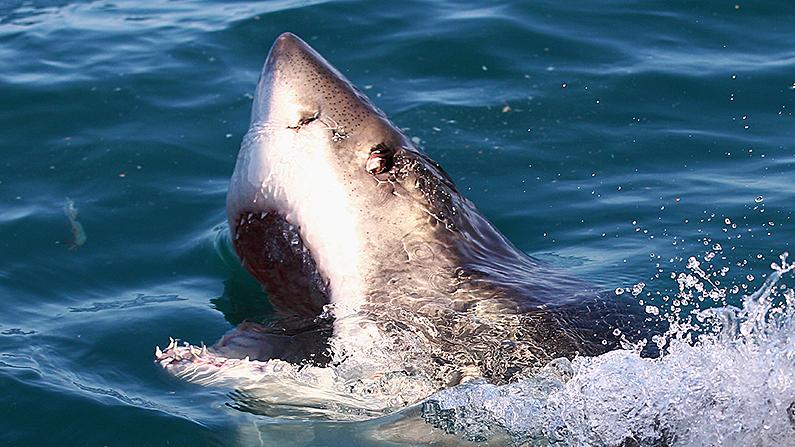Eugene Finney was enjoying the beach with his daughter on a perfect July day in Huntington Beach, California.
“The surf was pretty big that day,” said Finney, 39. “The waves were about 7 to 9 feet, and the water is pretty deep. You can’t touch the bottom.”





